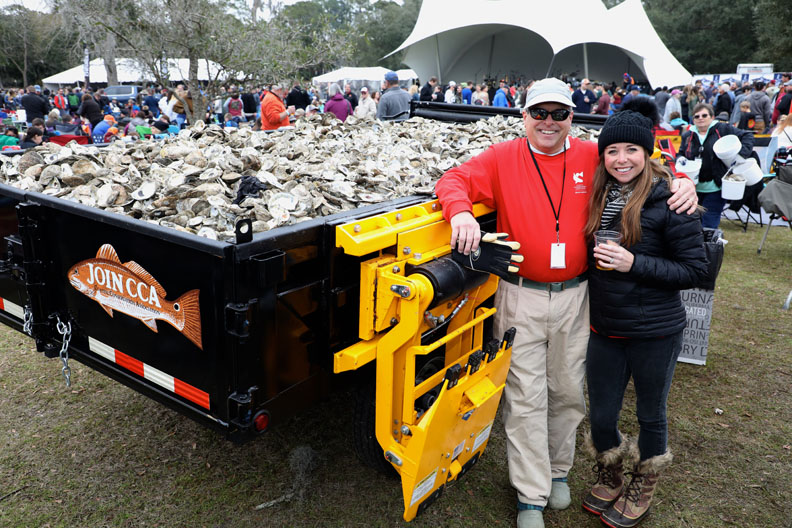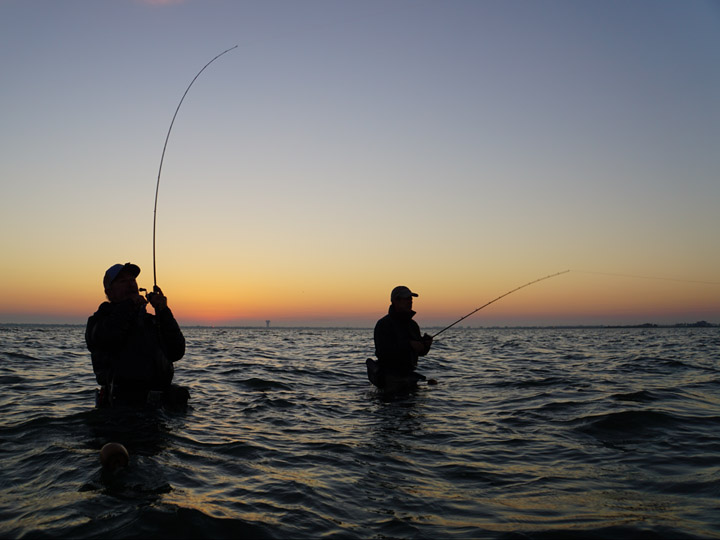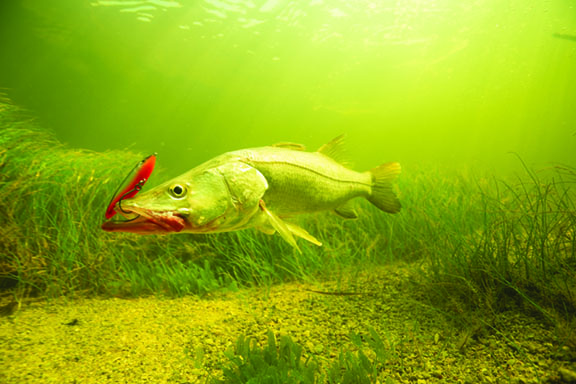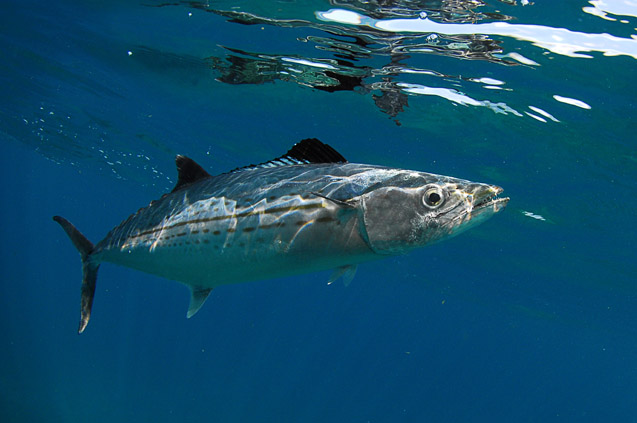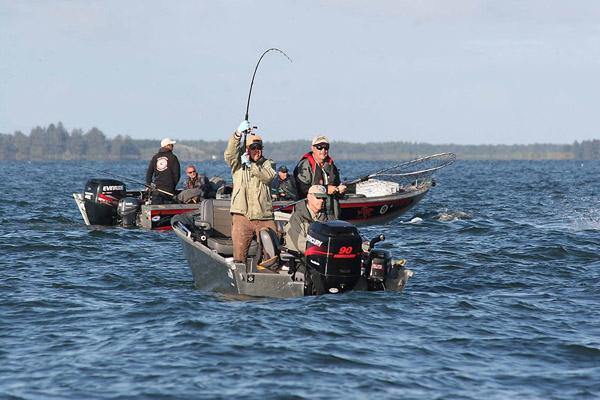One shell at a time
From humble, messy beginnings, CCA South Carolina’s oyster recycling program sets the standard.
Text by Hannah Smith, Assistant Director, CCA South Carolina
Photos by Carol B. Stewart
On a chilly day in January, 7,200 people consumed more than 50,000 pounds of oysters in a matter of hours at the 36th annual Lowcountry Oyster Festival in South Carolina, considered to be among the largest oyster festivals in the world. While the crowd enjoyed the activities and the oysters, a record 275 volunteers donned in red shirts mobilized to collect empty oyster shells and educate participants on why it is so important to South Carolina’s envied marine resources to recycle the material.


